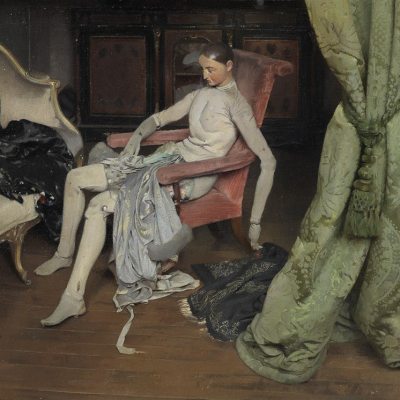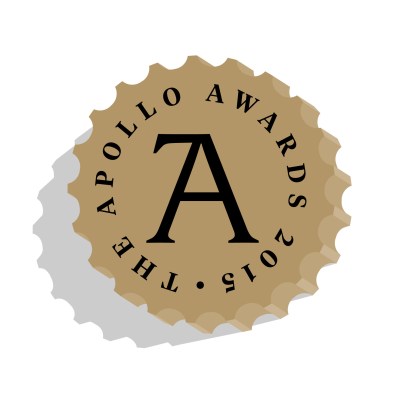Silent Partners: Artist and Mannequin from Function to Fetish
Fitzwilliam Museum, Cambridge | 14 October 2014–25 January 2015
View the Exhibition of the Year Shortlist
Apollo Award Winners 2015
Personality | Artist | Acquisition | Exhibition | Digital Innovation | Book | Museum Opening
If the best exhibitions are those which leave us feeling newly conscious, newly enlivened, then ‘Silent Partners: Artist and Mannequin from Function to Fetish’ is a worthy winner of Apollo’s Exhibition of the Year. For this superb show (which ran first at the Fitzwilliam Museum before moving to the Musée Bourdelle in Paris) was concerned above all with the liveliness of the lifeless, giving a startling account of artists’ mannequins or lay figures that ranged from Fra Bartolommeo and Poussin by way of Degas and Kokoschka to the Chapman brothers.
The excellence of Jane Munro’s curation was evident not only in the new and surprising connections that emerged between disparate artworks, human bodies, and other objects, but in the small details that served to draw the visitor in and to expand the scope of the exhibition beyond the museum. The funereal display of the lay figure used by Walter Sickert for The Raising of Lazarus (1929), for instance. The articulated hands grasping earphones for audio exhibits. And the tattered dummies, seated like weary museum guards which, in the Fitzwilliam show, drew newly attentive eyes to painted and sculpted forms.
This, as several reviews noted, was an exhibition of uncommon wit and intelligence, the culmination of an extraordinary six-year project of research and restoration. And yet it was also about so much more than the mannequin. Among its most impressive achievements was inverting that ready curatorial cliché, the idea that objects and works of art must be ‘brought to life’ in the gallery. In demonstrating how these most human-like things have brought us to life – by serving as our stand-ins, and more fundamentally by challenging our assumptions about the agency of objects – ‘Silent Partners’ cast brilliant new light on the nature of our complex relationships with the inanimate world.
James Purdon is the author of Modernist Informatics (OUP)
View the Exhibition of the Year shortlist
 Apollo Award Winners 2015
Apollo Award Winners 2015
Personality | Artist | Acquisition | Exhibition | Digital Innovation | Book | Museum Opening



